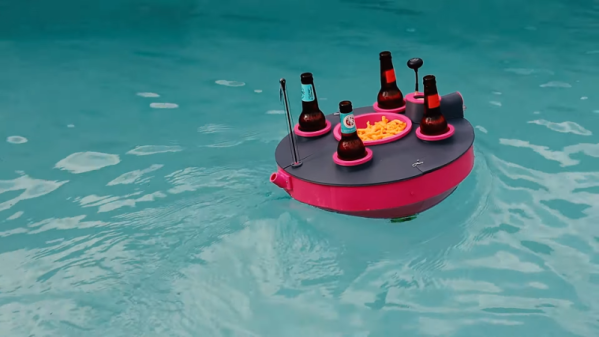Utah is a place that features a wonderful and varied wilderness. Its mountainous terrain is home to many valleys, ponds, and streams. They’re a particular favorite of recreational anglers who visit the region for the great fishing. Oftentimes, however, these areas are fished out by visitors and need to be restocked. Other environmental factors also come into play in reducing populations, too.

When this happens in some areas, it’s as simple as driving up a truck full of water and fish and dumping them into the lake. The problem is that many of these lakes and streams are difficult to access by foot or by road. Believe it or not, the most practical method found to deal with the problem thus far is dropping in live fish by air. Here’s how it all goes down.
Live Cargo
Typically, the fish dropped into these remote watercourses are quite young, and on the order of 1-3″ long. The fish are specifically raised to later be fished, and are also usually sterile, making it easier for Utah’s Division of Wildlife Resources to manage numbers. When it comes time to restock remote lakes, waterbombing planes are pumped full of water and loaded up with fish.
Continue reading “Airdropping Live Fish Is A Thing And It Looks Magnificent”














